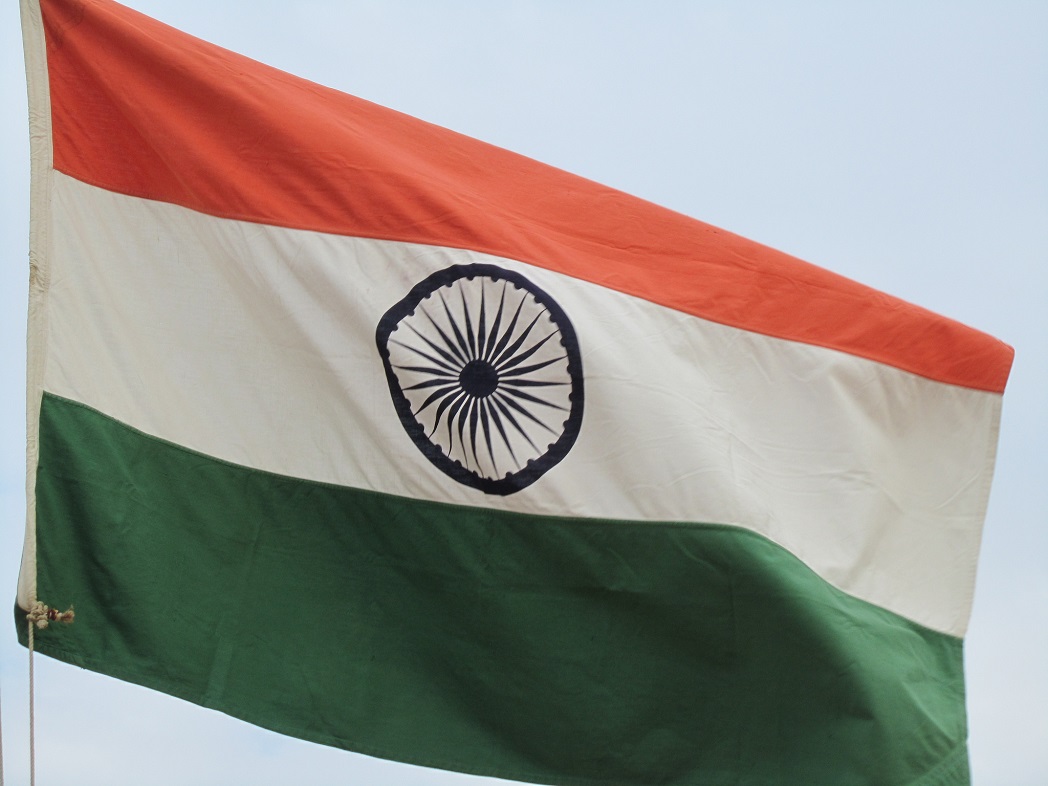The State of Renewable Energy in India 2019 report by Delhi based think tank Centre for Science and Environment (CSE) notes that some favourable policies, combined with good market conditions, have seen the renewable energy sector emerge as a sunshine industry.
Renewable capacity has reached 73 GW, which is 20 per cent of the country’s total energy capacity. Solar, in fact, has made considerable progress.
Over the last four years, large-scale solar has seen an average annual growth rate of over 70 per cent. The installed solar capacity increased from 2.6 GW in March 2014 to 23.1 GW in June 2018, of which large-scale solar comprises over 94 per cent. At under Rs 3 per unit on an average, wind and solar energy is now cheaper than coal power.
However, 2018 witnessed a slowdown triggered by financial difficulties being faced by distribution companies, import tariffs and subsequent tariff increases.
Inconsistent policy has been the bane of the sector. Says Priyavrat Bhati, advisor, energy group, CSE: “Nothing can be more disruptive for an emerging sector that seeks to attract global investors, than ad hoc and abrupt policy changes.”
A classic example is that of the solar module manufacturing industry. The government had reserved auction capacity for domestic manufacturers, but this drew a World Trade Organization (WTO) censure. Import duties have been applied and then removed; currently, a safeguard duty of 25 per cent is being levied on imported modules.
DISCOMs—distribution companies—are under-performing; the most recent attempt to reform them, the Ujjwala Discom Assurance Yojana, has not yielded desired results. The financial stress that DISCOMs are in has meant payment delays for developers, cancellation of auctions, and lack of enforcement of contracts. This dampens investor confidence and developers’ interest.
Solar rooftop has failed to make any headway in the current market which is skewed towards large-scale renewable energy. The country is aiming for a 40 GW capacity by 2022, but till November 2018, only 1,334 MW of grid-connected solar rooftop systems had been installed. Also, the preference has been for commercial and industrial installations. Residential consumers, who hold immense potential, account for less than 20 per cent of the total installed capacity.
Almost all the schemes that have been floated for ensuring access to energy for the people, such as Saubaghya, are tied to extending the grid and connecting un-electrified households to centralised distribution and transmission networks. But the CSE analysis shows that grid connectivity does not lead to availability of electricity or consistent supply.
Recommendations
The CSE report recommends an ambitious low-carbon growth pathway that looks beyond the intended nationally determined contributions. It also suggests to increase the share of distributed renewable generation (solar rooftops and mini-grids) and encourage ‘smart grids’ that use communications infrastructure, control systems and information technology for efficient delivery. There is a need to invest in developing inexpensive energy-storage capacity. Indigenous research can improve upon existing technology in terms of cost and performance. Policy support can drive scale for the battery industry.
This content is protected by copyright and may not be reused. If you want to cooperate with us and would like to reuse some of our content, please contact: editors@pv-magazine.com.









By submitting this form you agree to pv magazine using your data for the purposes of publishing your comment.
Your personal data will only be disclosed or otherwise transmitted to third parties for the purposes of spam filtering or if this is necessary for technical maintenance of the website. Any other transfer to third parties will not take place unless this is justified on the basis of applicable data protection regulations or if pv magazine is legally obliged to do so.
You may revoke this consent at any time with effect for the future, in which case your personal data will be deleted immediately. Otherwise, your data will be deleted if pv magazine has processed your request or the purpose of data storage is fulfilled.
Further information on data privacy can be found in our Data Protection Policy.